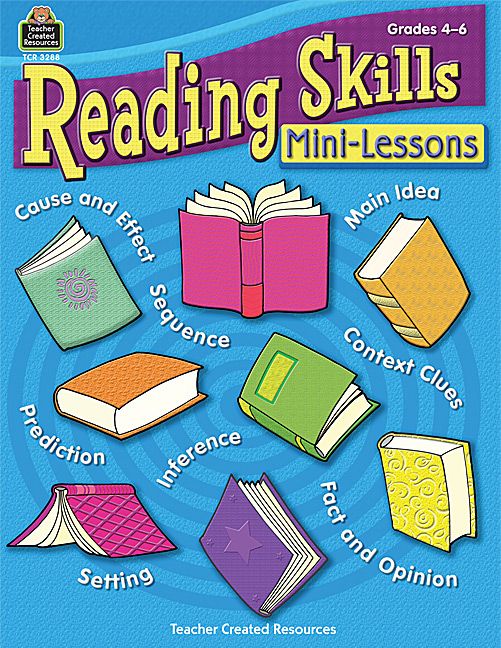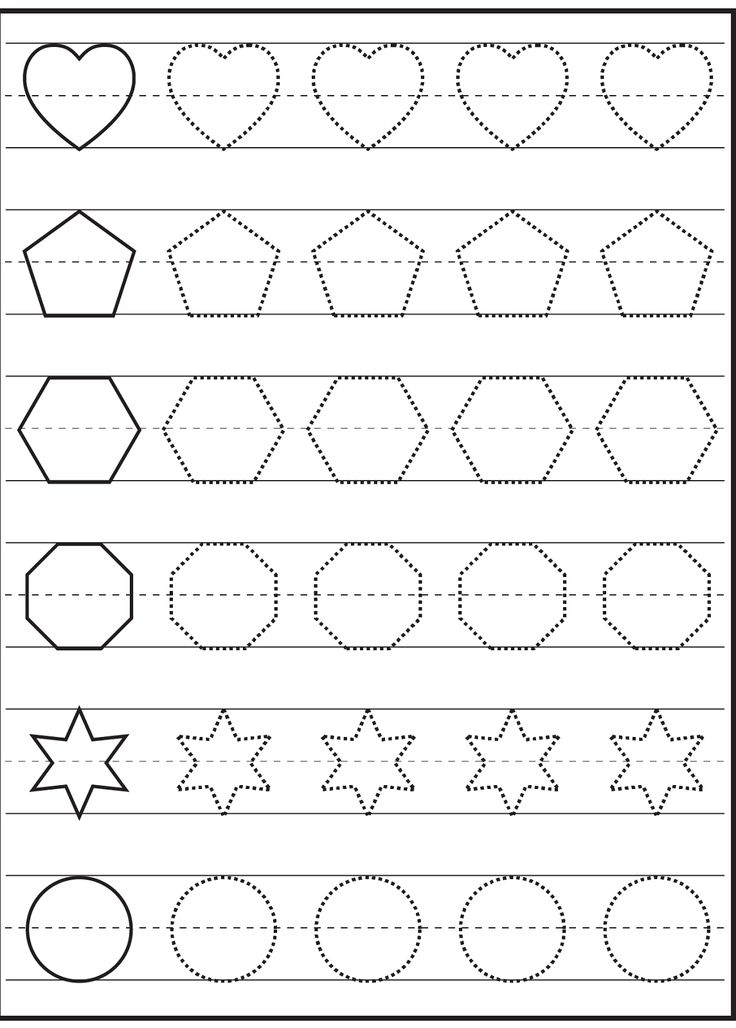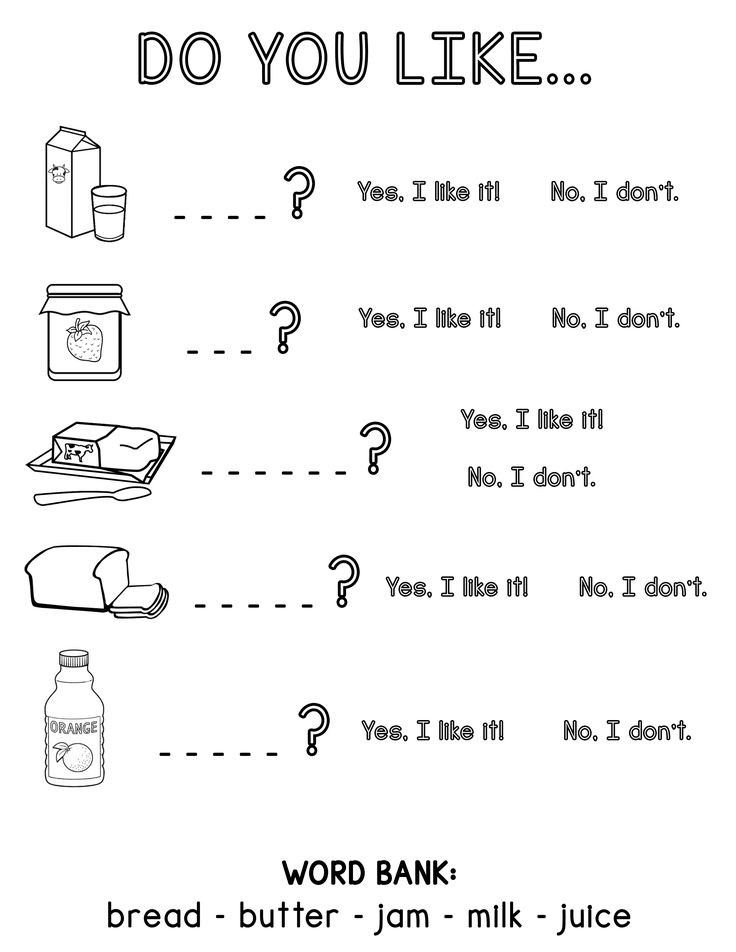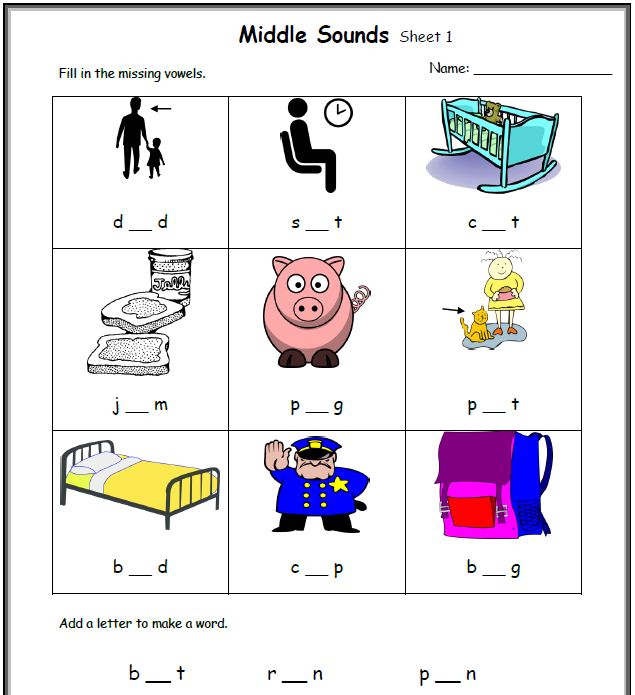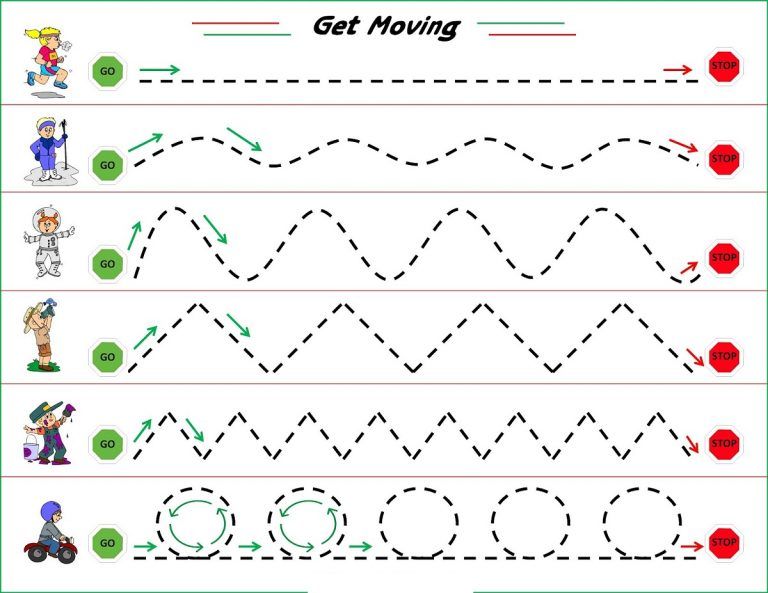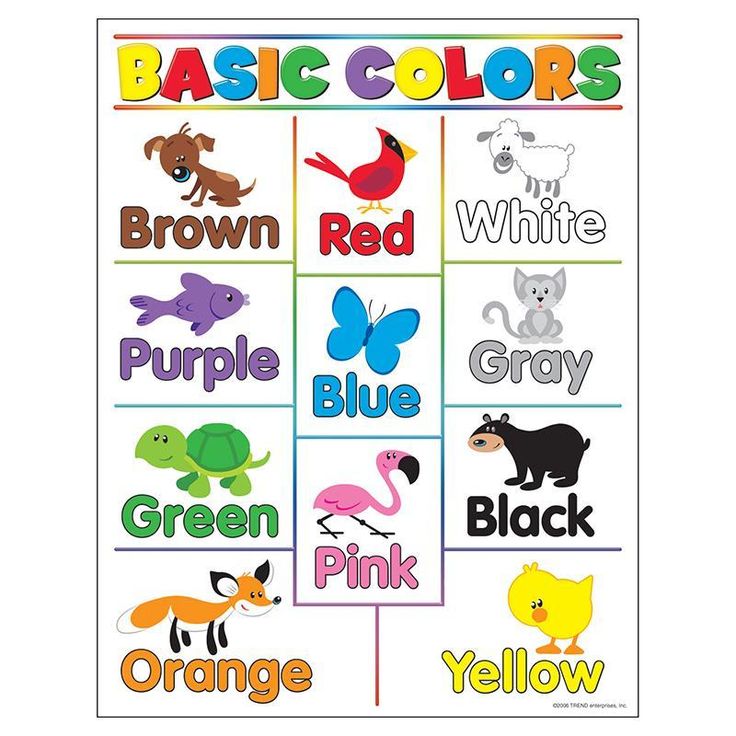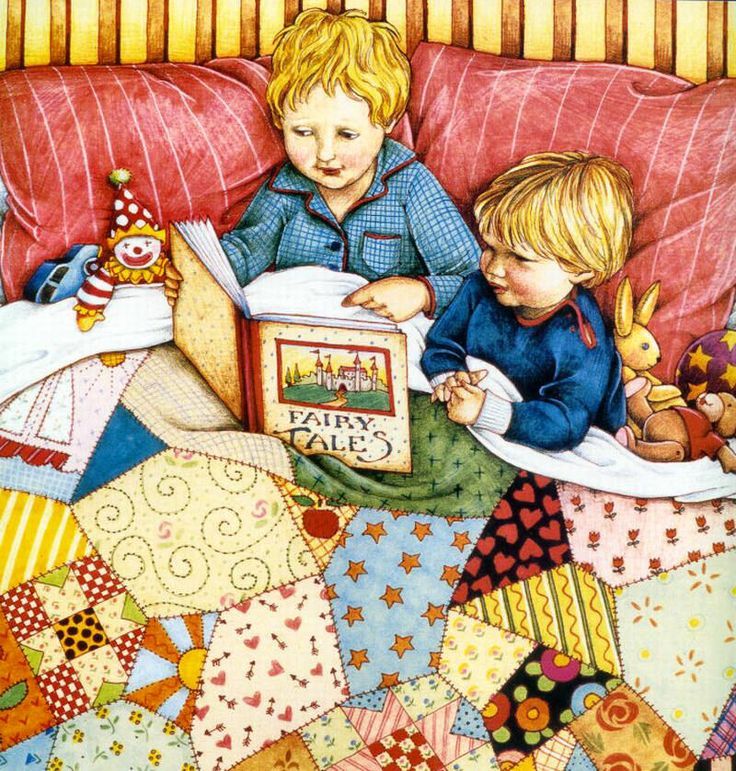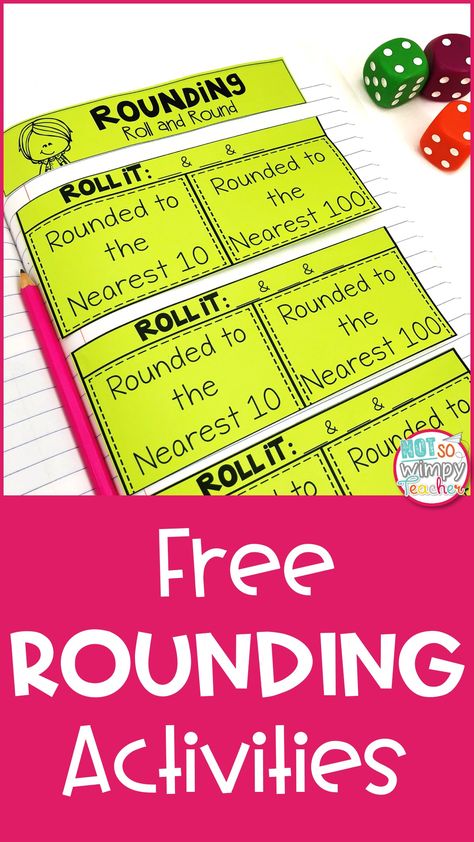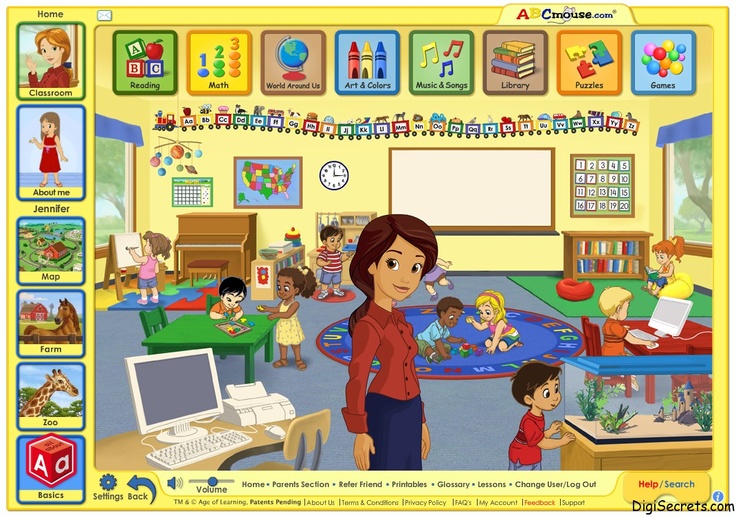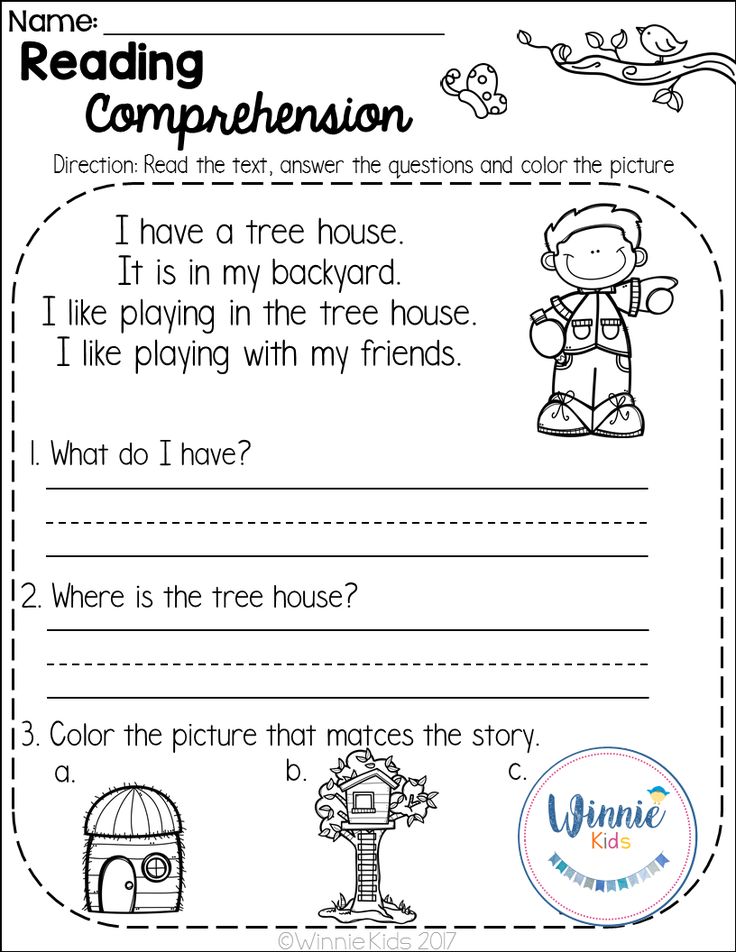Strategies for improving reading skills
5 Strategies That Will Improve Reading Comprehension
By Sara Marye Leave a Comment
Have you ever felt overwhelmed trying to teach your students to be better readers? Our students come to use at a variety of reading levels. You can have students reading 2 years above grade level in the same room as students who are reading 2 years below grade level.
And you get the lucky job of trying to come up with meaningful lessons that will challenge students at all levels. There are so many reading skills and strategies you need to teach and it never feels like there is enough time.
Once I successfully launched reader’s workshop in my classroom, I made it a priority to teach my students reading strategies that would improve their comprehension regardless of their reading level. I started every year teaching my students what I refer to as the 5 Power Strategies. These are (in my opinion) the five most essential reading strategies students have to master in order to become confident life-long readers.
How did I come up with the 5 Power Strategies?
Great question. It’s pretty simple. I started to reflect on what I consistently did as a reader and decided those are the strategies I needed to teach my students first. I think sometimes as teachers we try to over complicate things. We try to come up with cute little acronyms or fancy systems to teach our students.
Effective teaching can be pretty simple at times.
So, if you are looking for simple, yet effective reading strategies to teach your students. I suggest you start with these.
#1 Backup and Reread
This might seem like an easy one, but this is the number one reading strategy we should be teaching our students. How many times have you been reading and realized you missed what was happening on the entire page, or worse, in the entire chapter. Every time I sit down to read, at some point I will end up having to reread part of the text. This is essential to truly understanding what we are reading.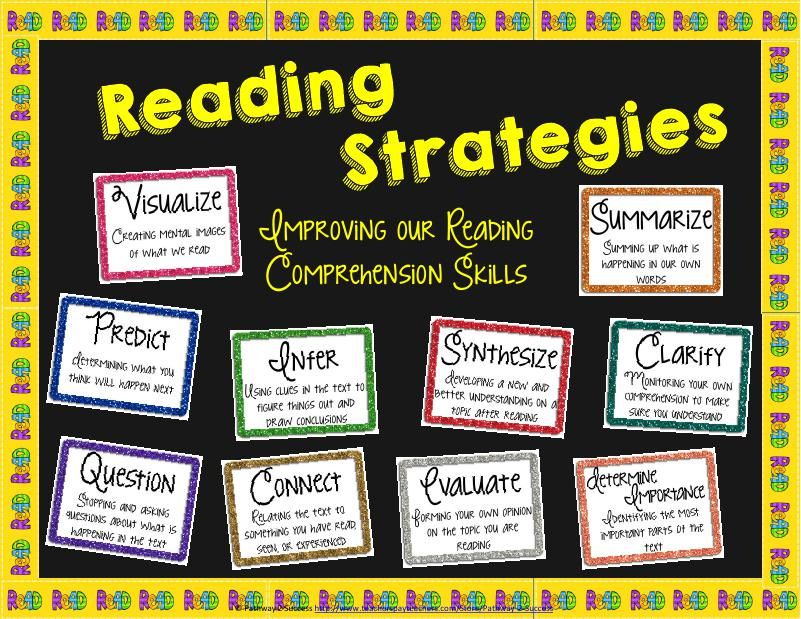
But, so many students don’t know how or why they should be doing this. If you effectively teach students how to backup and reread you will see a huge impact on their reading. They will go from just reading the words to actually understanding what they are reading.
Teaching Tips:
-
Model this skill to students and share examples of when you’ve done this in your own reading life.
-
Explain to students that sometimes this needs to be done if we space out and simple have missed part of what we read, or we might need to go back and reread when there is a section of the text that we don’t understanding.
-
Encourage students to go back and reread or at least skim part of the text every time they come back to a book. If they are reading a chapter book, more than likely they will have to read it over several settings. It’s a good habit to reread bits of it before you pick up where you left off.
-
Let students know that sometimes they will just have to reread just a word or a sentence, maybe a whole paragraph, and sometimes an entire page.
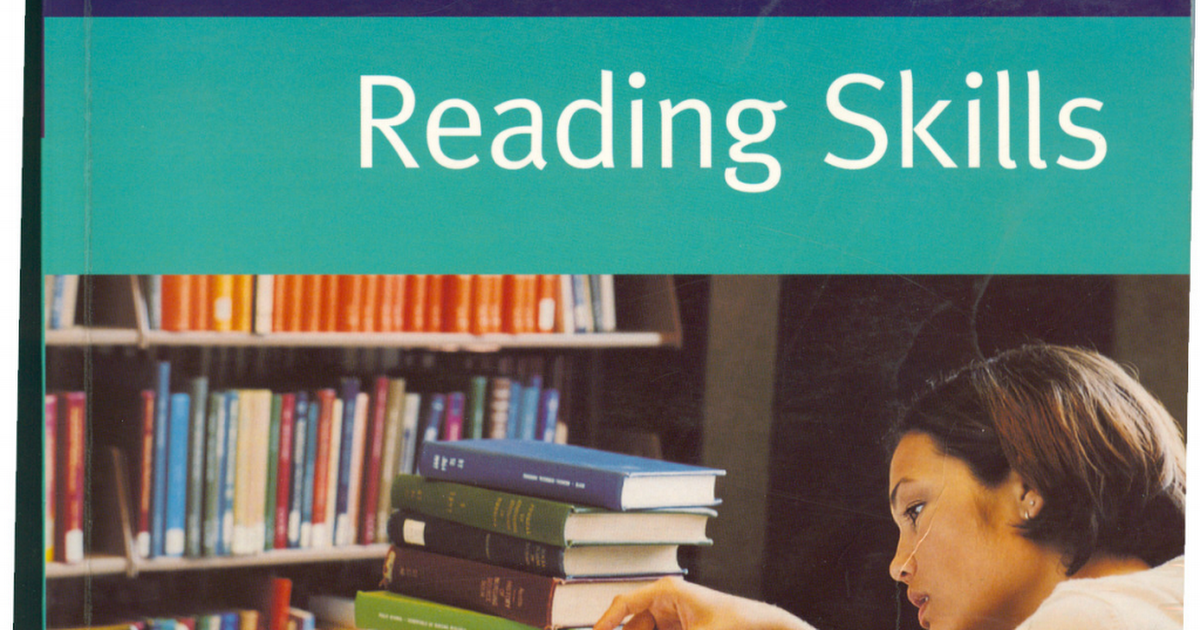 There is no exact formula for how far they need to back up and reread, just enough to where they are able to fully understand what is going on.
There is no exact formula for how far they need to back up and reread, just enough to where they are able to fully understand what is going on.
#2 Visualize
When I’m reading a fictional story one of the first things I do is think about who would be cast as the characters if this book were going to be made into a movie. From the beginning, I start to picture what the characters look like and sound like, and I try to picture all the vivid details of the setting. When we train our students to visualize as they are reading it helps them see and understand the story line.
Teaching Tips:
-
To help students consistently do this, you can start by reading them picture books without showing them any of the pictures. Hold the book so you’re keeping the pictures to yourself and before you reveal the pictures to the students ask them to describe in detail what they think the picture will look like. Then you can show them the picture.
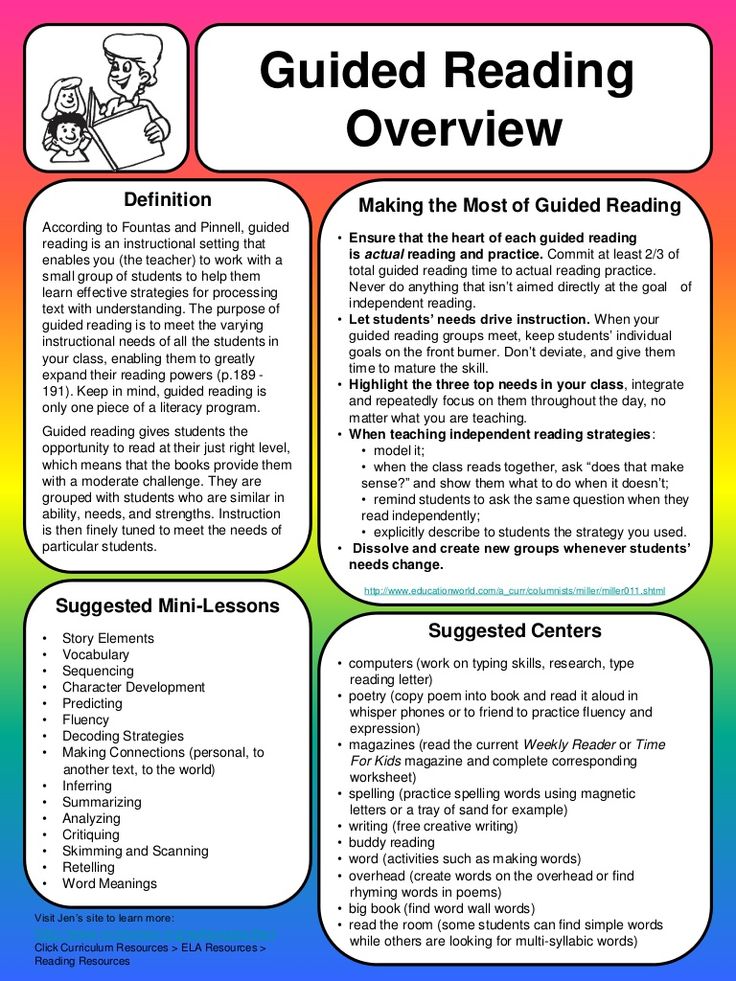 Affirm every little detail they included in their description.
Affirm every little detail they included in their description. -
Encourage students to draw pictures (no matter how basic) as they are independently reading a story. When they stop to think about what they should draw they will have go back and re-read part of the text to help them create their mental image.
-
Remind students to pay attention to characters actions and emotions, the way the author describes the setting, and highly emotional parts of the story. Ask them what it would look like if they turned this into a movie. This will help them to continuously picture what is happening as they read.
#3 Ask and Answer Questions
Reading is thinking. As I am reading, I am constantly thinking about what will happen next. I wonder how the story will end, and if the main character will ever solve their problem. I’m constantly asking myself questions, and then looking for those questions in the text as I keep reading. We want our students to do the same.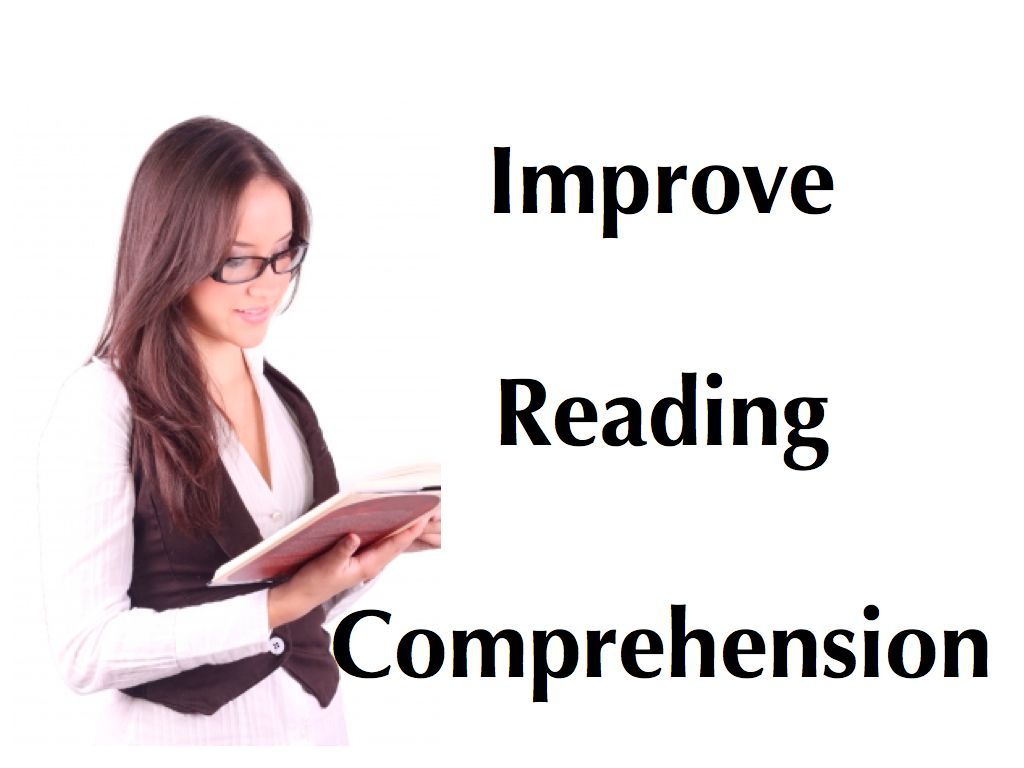 We want them to read with curiosity and feel the need to stop and ask questions about any text they are reading.
We want them to read with curiosity and feel the need to stop and ask questions about any text they are reading.
Teaching Tips:
-
Provide students with a set of question stems that they might ask before, during, and after they read. Some students are used to word calling and aren’t really reading for meaning. Providing students with some question stems is a good way to encourage them to stop and ask questions while they read.
-
Model this strategy while you are reading aloud to your students. Any time you are reading a text to them, pause and share the questions that you have. Tell them that once you ask a question you pay special attention to the text and look for the answer to your question.
-
Share a personal example from your reading life. One thing I frequently do in my personal life is ask questions related to the author’s inspiration for the book. I love to let my students know that I was curious about the author’s life experience and how that contributed to a book I just read.
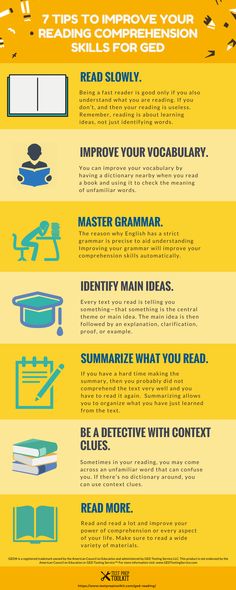 I share the question I asked and then the research I did to find the answer. Sharing personal examples from your reading life takes no time at all, and it might inspire your students to do the same.
I share the question I asked and then the research I did to find the answer. Sharing personal examples from your reading life takes no time at all, and it might inspire your students to do the same.
#4 Stop and Jot
I am a fan of reading paper books vs. e-books. I love having the option of taking notes in the margin. In fact, most of my books are dog-eared and have ink all over the margins. When I read I take notes. I like to highlight important words or phrases. I like to jot down ah-ha moments. I like to take note of personal connections I make. When I write something down it is more likely to stick with me and I have gotten in the habit of writing something almost every time I read. This is such an easy strategy to teach students and it can really help them improve their comprehension.
Teaching Tips:
-
Make sure students know that their stop-and-jot notes are just for them.
-
Give them permission to write in short-hand or to abbreviate.
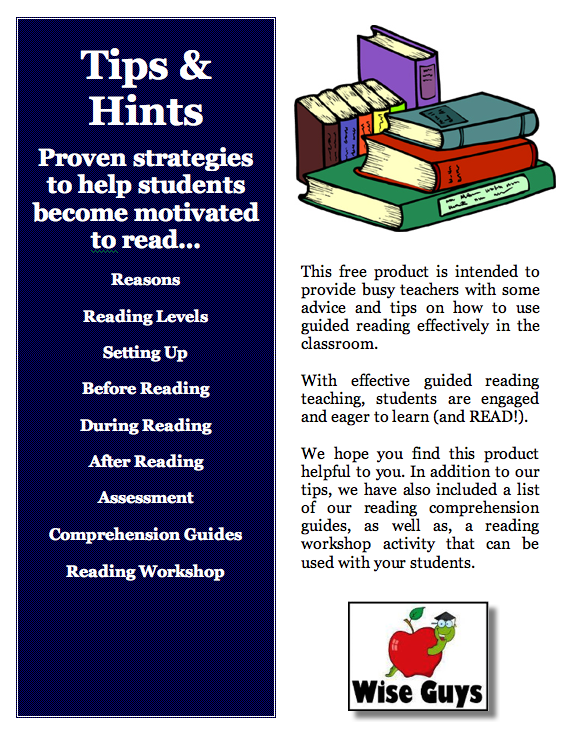 Not everything they write down has to be in a complete sentence.
Not everything they write down has to be in a complete sentence. -
Give students sticky-note templates so they can easily take notes in the margins of school books they are reading without actually marking up any text.
-
Bring in your own books and let students see what you stop-and-jot.
#5 Talk About It
I love reading and am usually reading more than one book at a time. I have several book clubs or partnerships that I am a part of, and I will frequently touch base with one of the girls in my book club. I love to talk about any book I am reading, even if I haven’t finished it yet. I ask questions. I share my comments and thoughts. I talk about my predictions. I share research I have done on the author. My comprehension and enjoyment are both improved when I can talk about a book with a friend. The same is true for your kids. Kids will be so much more excited about a book if they are able to talk about it with their friends. Books are meant to be shared. Your students will love reading so much more if they can share their reading experience with their classmates.
Books are meant to be shared. Your students will love reading so much more if they can share their reading experience with their classmates.
Teaching Tips:
-
Save 3-5 minutes at the end of your reader’s workshop for students to talk about their books with their classmates. They don’t have to be reading the same book to benefit from talking and listening about books. Students often get inspired to read a certain book or series when they hear their classmates talking about how much they are enjoying a particular book.
-
Build in turn and talk into your read aloud. Having a shared book that everyone is reading is a great way to let students practice talking about books. This is a great time to model what appropriate book talk looks and sounds like.
-
Incorporate buddy reading or book clubs into your reading block. Let students join together and read the same book as a classmate or a group or students. Give them time to talk about it.

So there you have it. There is nothing revolutionary about these five strategies except for the fact that THEY ACTUALLY WORK. I bet when you stop to think about it, you use all of these strategies in your own reading life. Doesn’t it make sense that we teach our students what we naturally do as readers?
Now, there are tons of other great strategies that will help your students become stronger readers, but I would suggest you start with these.
-
They are applicable to all students regardless of reading level.
-
They work for all types of books.
-
They can be used for any genre.
-
They aren’t too complex to teach – talk about a huge win!
Buy Now
Buy Now
Buy Now
Pin This Post!
Filed Under: Comprehension
My First Three Weeks of Reading Workshop
How to Make The Most Out of Your Sticky Note Templates
Want Even More?
You’ll love these related posts!
Reader Interactions
Strategies for Reading Comprehension :: Read Naturally, Inc.
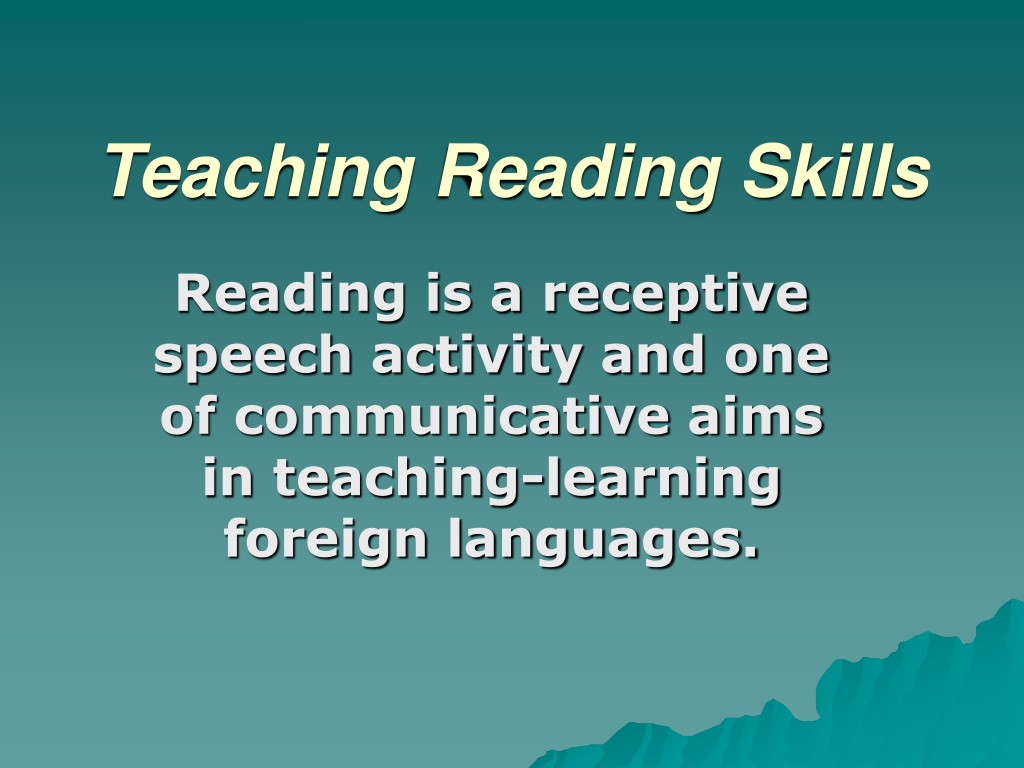
Comprehension: The Goal of Reading
Comprehension, or extracting meaning from what you read, is the ultimate goal of reading. Experienced readers take this for granted and may not appreciate the reading comprehension skills required. The process of comprehension is both interactive and strategic. Rather than passively reading text, readers must analyze it, internalize it and make it their own.
In order to read with comprehension, developing readers must be able to read with some proficiency and then receive explicit instruction in reading comprehension strategies (Tierney, 1982).
Strategies for reading comprehension in Read Naturally programs
General Strategies for Reading Comprehension
The process of comprehending text begins before children can read, when someone reads a picture book to them. They listen to the words, see the pictures in the book, and may start to associate the words on the page with the words they are hearing and the ideas they represent.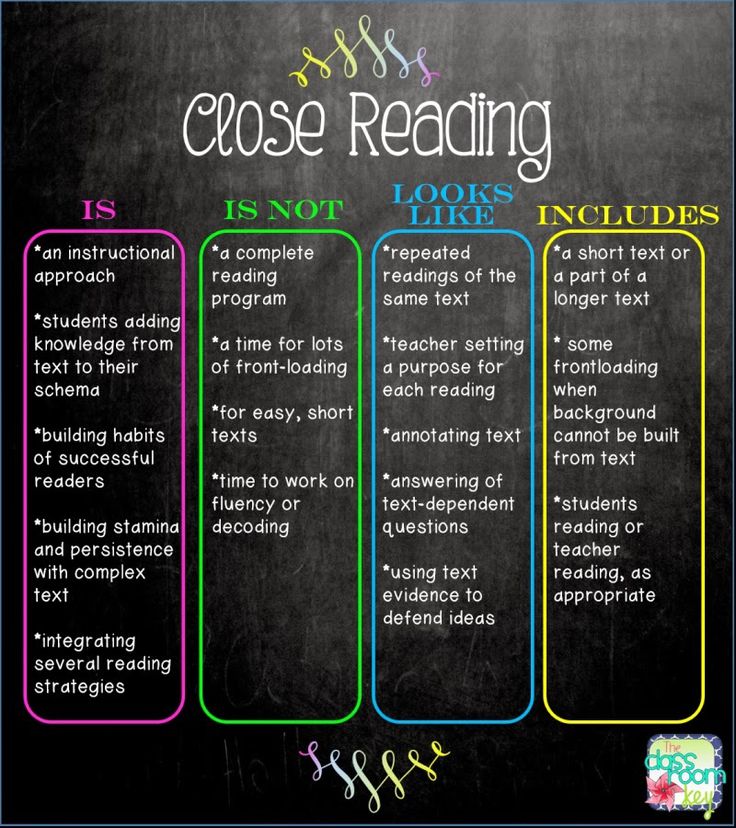
In order to learn comprehension strategies, students need modeling, practice, and feedback. The key comprehension strategies are described below.
Using Prior Knowledge/Previewing
When students preview text, they tap into what they already know that will help them to understand the text they are about to read. This provides a framework for any new information they read.
Predicting
When students make predictions about the text they are about to read, it sets up expectations based on their prior knowledge about similar topics. As they read, they may mentally revise their prediction as they gain more information.
Identifying the Main Idea and Summarization
Identifying the main idea and summarizing requires that students determine what is important and then put it in their own words. Implicit in this process is trying to understand the author’s purpose in writing the text.
Questioning
Asking and answering questions about text is another strategy that helps students focus on the meaning of text.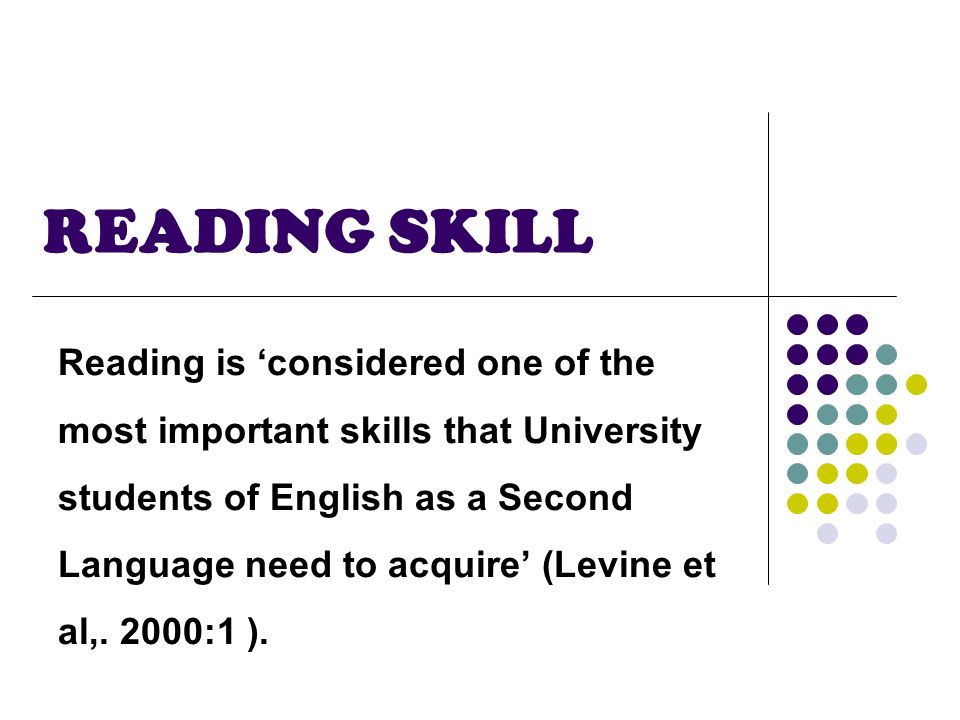 Teachers can help by modeling both the process of asking good questions and strategies for finding the answers in the text.
Teachers can help by modeling both the process of asking good questions and strategies for finding the answers in the text.
Making Inferences
In order to make inferences about something that is not explicitly stated in the text, students must learn to draw on prior knowledge and recognize clues in the text itself.
Visualizing
Studies have shown that students who visualize while reading have better recall than those who do not (Pressley, 1977). Readers can take advantage of illustrations that are embedded in the text or create their own mental images or drawings when reading text without illustrations.
Strategies for Reading Comprehension: Narrative Text
Narrative text tells a story, either a true story or a fictional story. There are a number of strategies that will help students understand narrative text.
Story Maps
Teachers can have students diagram the story grammar of the text to raise their awareness of the elements the author uses to construct the story.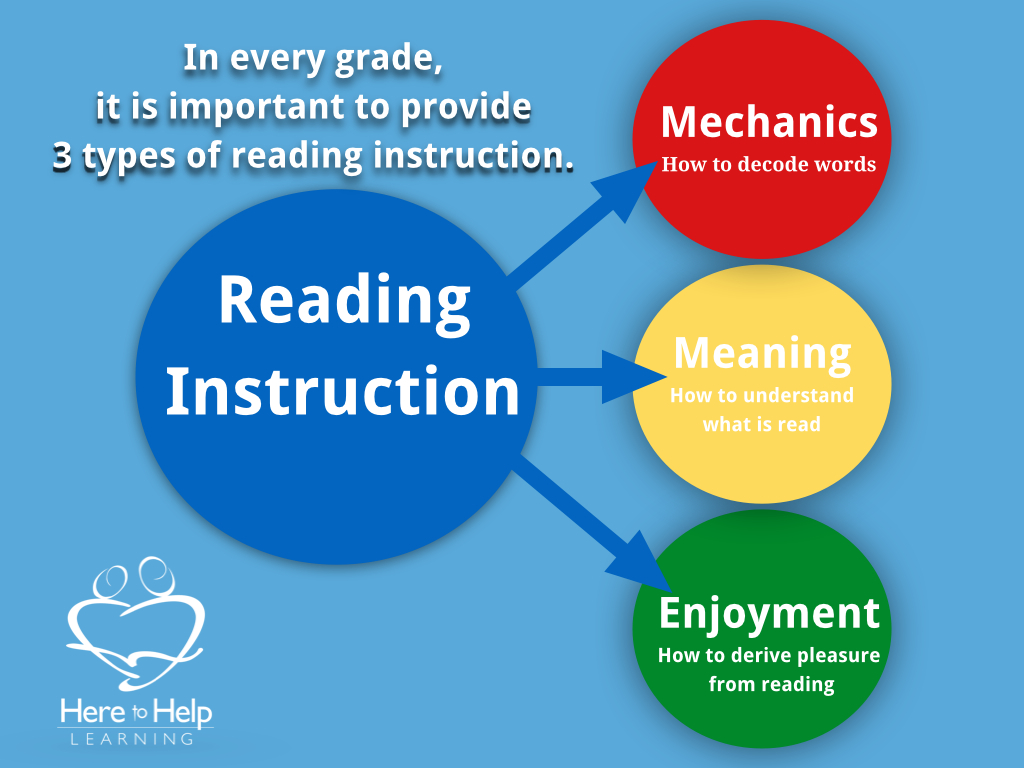 Story grammar includes:
Story grammar includes:
- Setting: When and where the story takes place (which can change over the course of the story).
- Characters: The people or animals in the story, including the protagonist (main character), whose motivations and actions drive the story.
- Plot: The story line, which typically includes one or more problems or conflicts that the protagonist must address and ultimately resolve.
- Theme: The overriding lesson or main idea that the author wants readers to glean from the story. It could be explicitly stated as in Aesop’s Fables or inferred by the reader (more common).
Printable story map (blank)
Retelling
Asking students to retell a story in their own words forces them to analyze the content to determine what is important. Teachers can encourage students to go beyond literally recounting the story to drawing their own conclusions about it.
Prediction
Teachers can ask readers to make a prediction about a story based on the title and any other clues that are available, such as illustrations.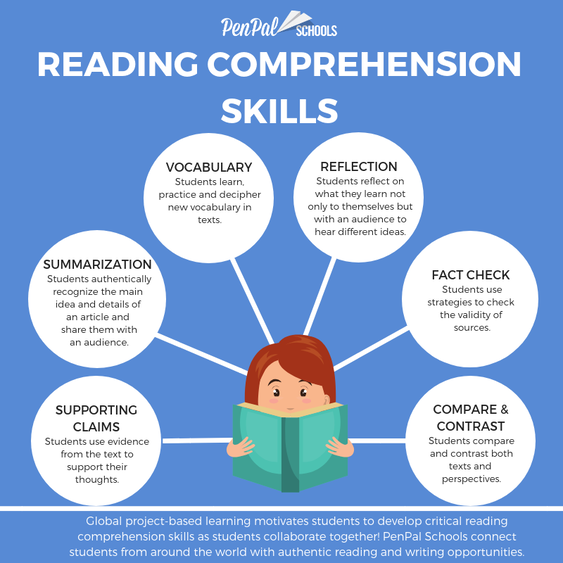 Teachers can later ask students to find text that supports or contradicts their predictions.
Teachers can later ask students to find text that supports or contradicts their predictions.
Answering Comprehension Questions
Asking students different types of questions requires that they find the answers in different ways, for example, by finding literal answers in the text itself or by drawing on prior knowledge and then inferring answers based on clues in the text.
Strategies for Reading Comprehension: Expository Text
Expository text explains facts and concepts in order to inform, persuade, or explain.
The Structure of Expository Text
Expository text is typically structured with visual cues such as headings and subheadings that provide clear cues as to the structure of the information. The first sentence in a paragraph is also typically a topic sentence that clearly states what the paragraph is about.
Expository text also often uses one of five common text structures as an organizing principle:
- Cause and effect
- Problem and solution
- Compare and contrast
- Description
- Time order (sequence of events, actions, or steps)
Teaching these structures can help students recognize relationships between ideas and the overall intent of the text.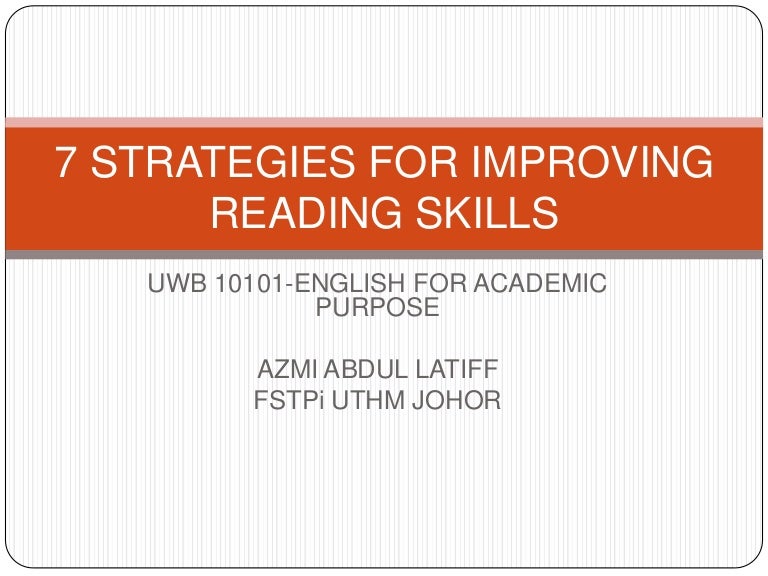
Main Idea/Summarization
A summary briefly captures the main idea of the text and the key details that support the main idea. Students must understand the text in order to write a good summary that is more than a repetition of the text itself.
K-W-L
There are three steps in the K-W-L process (Ogle, 1986):
- What I Know: Before students read the text, ask them as a group to identify what they already know about the topic. Students write this list in the “K” column of their K-W-L forms.
- What I Want to Know: Ask students to write questions about what they want to learn from reading the text in the “W” column of their K-W-L forms. For example, students may wonder if some of the “facts” offered in the “K” column are true.
- What I Learned: As they read the text, students should look for answers to the questions listed in the “W” column and write their answers in the “L” column along with anything else they learn.
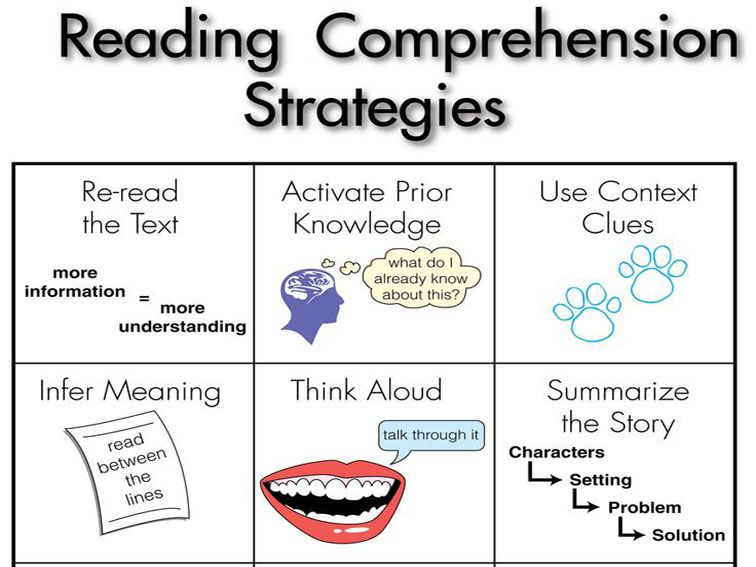
After all of the students have read the text, the teacher leads a discussion of the questions and answers.
Printable K-W-L chart (blank)
Graphic Organizers
Graphic organizers provide visual representations of the concepts in expository text. Representing ideas and relationships graphically can help students understand and remember them. Examples of graphic organizers are:
Tree diagrams that represent categories and hierarchies
Tables that compare and contrast data
Time-driven diagrams that represent the order of events
Flowcharts that represent the steps of a process
Teaching students how to develop and construct graphic organizers will require some modeling, guidance, and feedback. Teachers should demonstrate the process with examples first before students practice doing it on their own with teacher guidance and eventually work independently.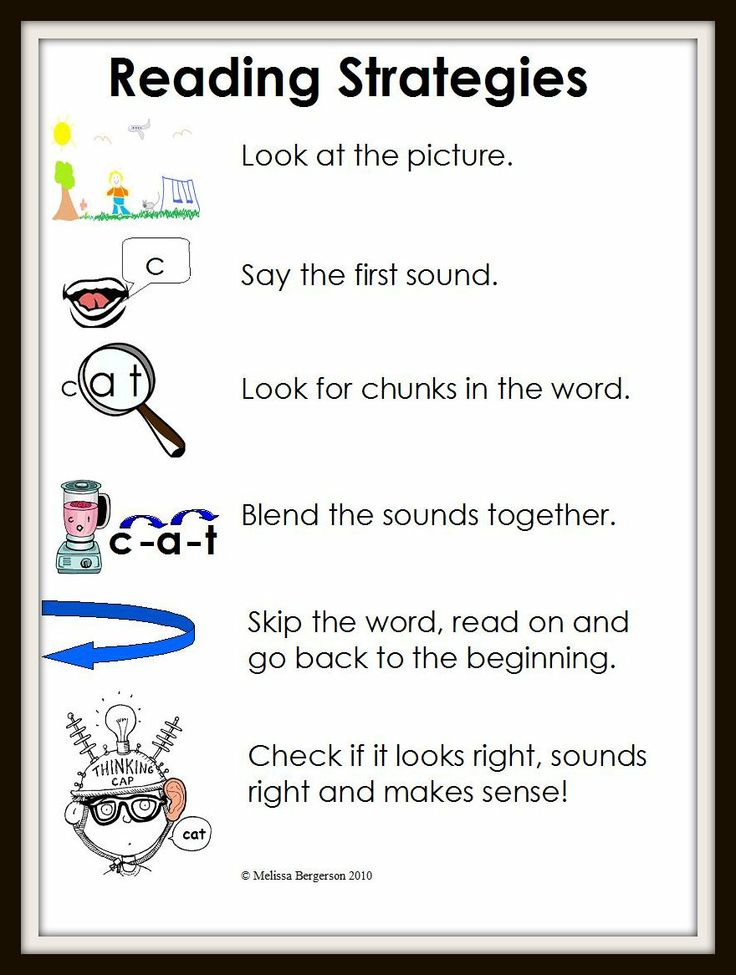
Strategies for Reading Comprehension in Read Naturally Programs
Several Read Naturally programs include strategies that support comprehension:
| Read Naturally Intervention Program | Strategies for Reading Comprehension | |||
|---|---|---|---|---|
| Prediction Step | Retelling Step | Quiz / Comprehension Questions | Graphic Organizers | |
| Read Naturally Live:
| ✔ | ✔ |
| |
| Read Naturally Encore:
| ✔ | ✔ |
| |
| Read Naturally GATE:
| ✔ | ✔ |
| |
| One Minute Reader Live:
|
| |||
| One Minute Reader Books/CDs:
|
| |||
| Take Aim at Vocabulary: A print-based program with audio CDs that teaches carefully selected target words and strategies for independently learning unknown words. Students work mostly independently or in teacher-led small groups of up to six students.
|
| ✔ | ||
Bibliography
Honig, B. , L. Diamond, and L. Gutlohn. (2013). Teaching reading sourcebook, 2nd ed. Novato, CA: Arena Press.
, L. Diamond, and L. Gutlohn. (2013). Teaching reading sourcebook, 2nd ed. Novato, CA: Arena Press.
Ogle, D. M. (1986). K-W-L: A teaching model that develops active reading of expository text. The Reading Teacher 38(6), pp. 564–570.
Pressley, M. (1977). Imagery and children’s learning: Putting the picture in developmental perspective. Review of Educational Research 47, pp. 586–622.
Tierney, R. J. (1982). Essential considerations for developing basic reading comprehension skills. School Psychology Review 11(3), pp. 299–305.
Strategies for developing reading skills - NovaInfo 112
- Tursunova D.Sh.
Uzbek State University of World Languages
Published
Abstract
Inevitably, reading skill is an interactive process in which students construct a meaningful representation of a text using appropriate reading strategies for themselves. This article defines the term "reading and reading comprehension", explains the types of reading, declares models of the process of reading, sets out theories of reading comprehension, discusses effective strategies for reading comprehension, and mentions the results of students' reading strategies and their reading comprehension.
This article defines the term "reading and reading comprehension", explains the types of reading, declares models of the process of reading, sets out theories of reading comprehension, discusses effective strategies for reading comprehension, and mentions the results of students' reading strategies and their reading comprehension.
Keywords
STRATEGIES, THEORIES, MODELS, TYPES, READING UNDERSTANDING
Research paper
Reading comprehension requires the successful expansion and organization of a multitude of lower and higher level processes and skills. Accordingly, there are many sources of possible impairment of comprehension, and these sources differ depending on the skill level and age of the readers. There are several types of reading that should be known to improve students' reading comprehension. First there are two different types of reading. They are extensive reading and intensive reading. There are different definitions for extensive reading. Hedge (2003) describes this as skimming and scanning, while Hafiz and Tudor (1989) expressed the view that exposing students to a large amount of meaningful and engaging material would have a significant impact on students' second language proficiency.
Initially used texts tend to be relatively simple so that students can grasp the meaning of unknown words. This is very important because it means that longer texts can be used than would be the case in most classroom environments. Another feature is that the extensive should be an enjoyable experience, as students are free to choose texts on topics they find intriguing. Comprehension checks tend to be kept to a minimum because the process of reading is seen as more important than understanding specific details, and because such checks can cause anxiety and reduce the enjoyment of reading. Extensive reading should be an enjoyable experience, as students are free to choose texts on topics that interest them.
Hedge mentioned enhanced reading as follows: students can master the language, improve their reading skills, become more independent in their learning, learn cultural knowledge, and increase confidence and incentive to continue their learning. (Hedge, 2003). The definition for intensive reading is usually given as the emphasis is on details that support the main points chosen at the skimming level. When the level of comprehension is to be qualitative, reading for memorization or accuracy is done through the structure of the survey and the phrases for reading. This reading includes repeated reading and note-taking, very often followed by a summary. Preparing for the exam requires accurate interpretation of the text, requiring intensive reading skills. Intensive reading includes several types of reading tasks. Comparison - graphs, tables, diagrams with explanations to them. Defining - scientific texts from the genre point of view. Recognition is the relationship between concepts, the relationship between ideas. Since intensive reading is mainly for a scientific text, they are characterized by brevity with concepts related, sometimes dependent on each other. Understanding academic texts is easier if students are familiar with text development techniques, such as cause and effect relationships, examples, definitions, comparisons, and connectors associated with some of them. Science textbooks are heavily illustrated.
When the level of comprehension is to be qualitative, reading for memorization or accuracy is done through the structure of the survey and the phrases for reading. This reading includes repeated reading and note-taking, very often followed by a summary. Preparing for the exam requires accurate interpretation of the text, requiring intensive reading skills. Intensive reading includes several types of reading tasks. Comparison - graphs, tables, diagrams with explanations to them. Defining - scientific texts from the genre point of view. Recognition is the relationship between concepts, the relationship between ideas. Since intensive reading is mainly for a scientific text, they are characterized by brevity with concepts related, sometimes dependent on each other. Understanding academic texts is easier if students are familiar with text development techniques, such as cause and effect relationships, examples, definitions, comparisons, and connectors associated with some of them. Science textbooks are heavily illustrated.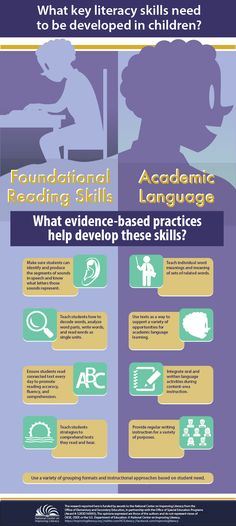 These visual forms of communication replace verbal communication and must be carefully read and understood.
These visual forms of communication replace verbal communication and must be carefully read and understood.
There are three types of reading comprehension theories. These are mental representations, content literacy and cognitive processes. Mental Representations - Van Oostendorp and Goldman (1998) expressed that when a reader reads a text, they can create a mental representation of the text that explains how the reader understands the text. Many studies have confirmed that many levels of representation are involved in the construction of meaning. When a reader reads a text, three different levels of mental representation are created. This is a surface component, a text base and a situation model. When words and phrases, and not the meaning of the words and phrases, are encoded in the mental representation, this is defined as the surface component of the mental representation. The text base indicates the meaning of the text and consists of those parts and relationships that have arisen from the text itself without increasing anything that is not clearly defined in the text.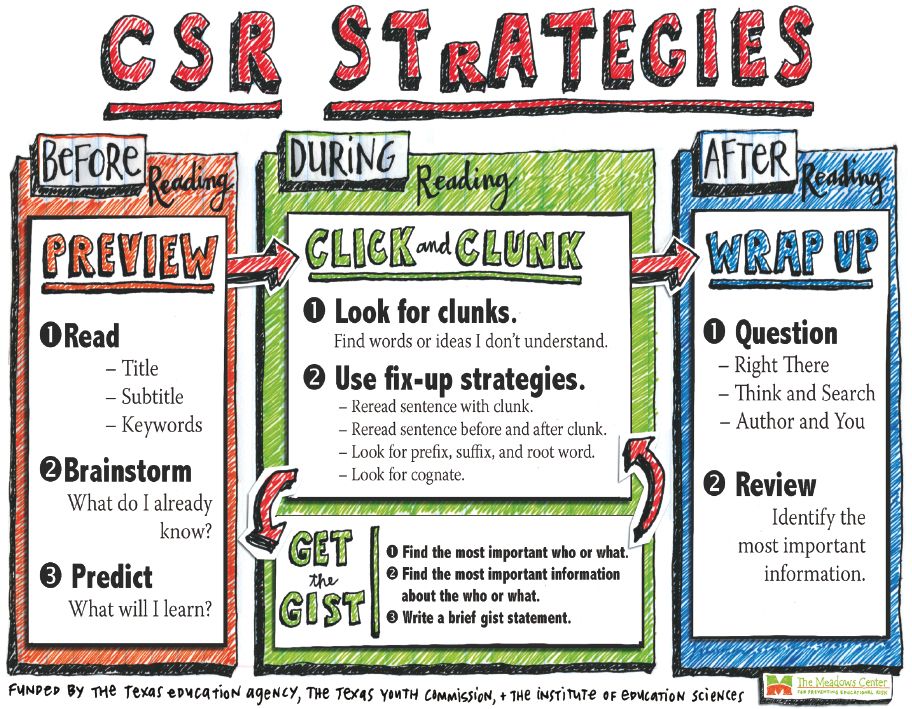 A text base can be made without remembering the exact words or phrases from the text. In a pure text base, the reader applies previous knowledge to create a more refined and coherent mental representation. A situational model is a structure that combines a text base and related features of the reader's knowledge. To create a text base, some previous knowledge is required, but this knowledge is more general, which is necessary for decoding texts in general, while previous knowledge in the formation of a situation model is more specific regarding the content of the text.
A text base can be made without remembering the exact words or phrases from the text. In a pure text base, the reader applies previous knowledge to create a more refined and coherent mental representation. A situational model is a structure that combines a text base and related features of the reader's knowledge. To create a text base, some previous knowledge is required, but this knowledge is more general, which is necessary for decoding texts in general, while previous knowledge in the formation of a situation model is more specific regarding the content of the text.
Setting reading goals before starting any unknown text forces students to be punctual while reading. Each student sets their own reading goals. This can help them take action to develop reading skills and students will be more attentive to how they improve. If the text is too complex or long, it is useful to divide them into parts. Long, complex reading can be more easily digestible if broken down into sections. Short segments will help students retain information as the class discusses the materials. It can also help students gain confidence in understanding a complex subject. Each student has their own style of reading, they need to be given the opportunity to lead the reading. Students process reading materials and curriculum in completely different ways. As the teacher completes reading assignments to help your class learn difficult material, you will learn what works best for each individual student. By incorporating more reading activities into curricula, students will find improvements in vocabulary, writing skills, problem solving, concentration, and cognitive development to help build a solid foundation for future learning.
Short segments will help students retain information as the class discusses the materials. It can also help students gain confidence in understanding a complex subject. Each student has their own style of reading, they need to be given the opportunity to lead the reading. Students process reading materials and curriculum in completely different ways. As the teacher completes reading assignments to help your class learn difficult material, you will learn what works best for each individual student. By incorporating more reading activities into curricula, students will find improvements in vocabulary, writing skills, problem solving, concentration, and cognitive development to help build a solid foundation for future learning.
This article emphasizes the idea that many strategies influence processes of understanding. All of these strategies work together to create a meaningful process easily and effectively. Based on the results of this study, it is concluded that reading materials and tasks should be very attractive to students so that they can easily understand the text, and they should be related to the level of students' proficiency. Teachers have a great responsibility to motivate their students to read these materials, they must be very sensitive to their students' understanding difficulties and must help their students change their outlook on reading and have a positive attitude towards their reading activities so they can do better. understand different texts.
Teachers have a great responsibility to motivate their students to read these materials, they must be very sensitive to their students' understanding difficulties and must help their students change their outlook on reading and have a positive attitude towards their reading activities so they can do better. understand different texts.
See also
References
- McNamara, D.S., & Magliano, J. P. (2009). Towards a comprehensive model of understanding. In B. Rose (Ed.), The psychology of learning and motivation (pp.297-384). New York, NY: Academic Press.
- Duke, N. (2003). Comprehension instruction for informational text. Presentation at the annual meeting of the Michigan Reading Association, Grand Rapids, MI.
- Hedge (2003) Reciprocal Teaching Strategies and Their Impacts on English Reading Comprehension. Theory and Practice in Language Studies
- Hafiz and Tudor (1989) Intensive Reading English Teaching Professional, 28.
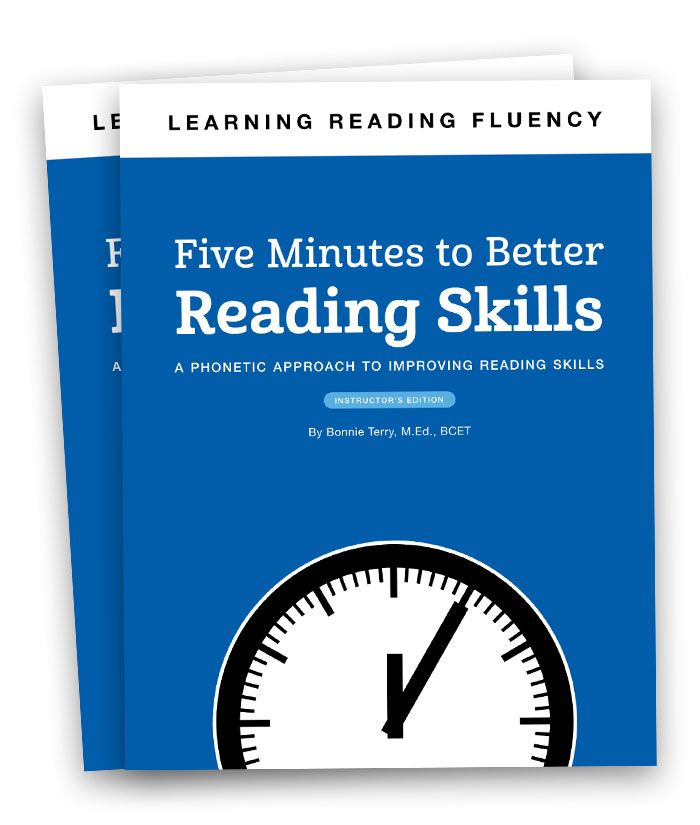 40-48. Cambridge: Cambridge University Press.
40-48. Cambridge: Cambridge University Press. - Day and Bamford (2009). Teaching reading comprehension to EFL. The Reading Matrix, 143-154. Retrieved from http://www.readingmatrix.com/articles/alyousef/article.pdf
- Carrell (2012) A schema-theoretic view of basic processes in reading. Handbook of reading research (pp. 255–292). New York: Longman.
Cite
Tursunova, D.Sh. Strategies for developing reading skills / D.Sh. Tursunov. - Text: electronic // NovaInfo, 2020. - No. 112. - P. 41-42. — URL: https://novainfo.ru/article/17563 (date of access: 19.10.2022).
Share
Effective strategies for working with text in the classroom at school
The ultimate goal of teaching Russian is practical literacy and language competence. The basis of the content of literature as an academic subject is reading and textual study of works of art.
Work with the text as the main didactic unit allows schoolchildren to combine the activities of developing practical skills of literate writing and speech development.
Every teacher dreams that all students come to the lesson prepared: they have completely read this or that work or paragraph. And not just read, but understood the meaning of the text read. During the final certification, the graduate must also understand the meaning of the read text. Whether it is a task to the text or the text itself.
Teachers working in grades 9 and 11 know that most mistakes are made due to misunderstanding of what is read, as well as when reading the assignment itself.
Teaching a child to read “correctly”, “effectively”, “productively” is an important task for a teacher. That is why the technology of productive reading (PRT), developed by Professor N. Svetlovskaya, acquires a leading role and contributes to the achievement of the results that are mentioned in the new standards.
The technology is universal and can be used in lessons of any cycle.
It is aimed at the formation of all universal educational activities: cognitive, communicative, regulatory, personal.
The technology of productive reading differs sharply from the traditional technology of transferring ready-made knowledge to a student. The teacher organizes the children's research work in such a way that they themselves "think" about solving the key problem of the lesson and can themselves explain how to act in new conditions. The teacher becomes a partner, a mentor, an observer.
The developed technology includes three stages of working with text, a three-stage process.
The goal of is the development of anticipation (the ability to guess, predict the content of the text). Task - to develop motivation for reading the text
1. Strategy "Forecast by headline".
Task: think about what can be discussed in the story of K.G. Paustovsky "Warm bread", in the work of P.P. Bazhov "Mistress of the Copper Mountain", etc.
– Try to predict the content by the first line of the story…Remember the name of the story….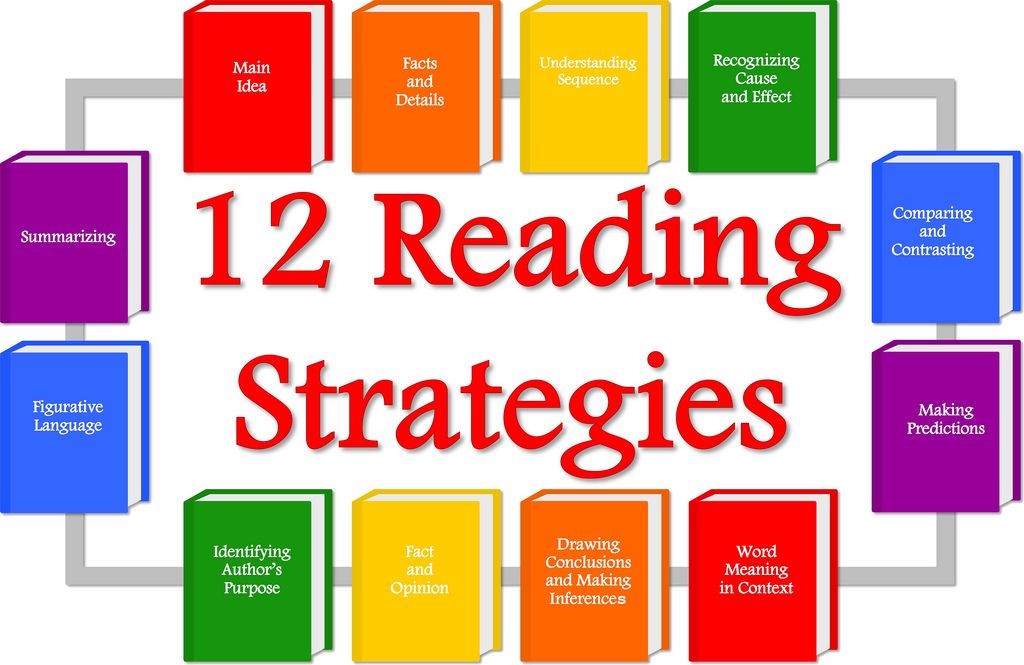 Does the content of the story match the title?
Does the content of the story match the title?
Give examples of such discrepancies.
Associative bush (circle, row). Today we will read and discuss the topic… What associations do you have about the stated topic?
2. Strategy "Brainstorm" ("Basket of ideas").
Task: answer the questions before reading the text (fairy tales "Warm Bread") - What do you know about K. G. Paustovsky? What do you think the story will be about? Who can be the main character? What event in the story can be described.
3. Strategy "Image of the text".
Task: check your assumptions. Based on the words taken from the text, try to make a short plot story. The title of the story is given.
4. Strategy "Battery of questions".
Task: make up questions to the text according to the title, according to the illustrations.
5.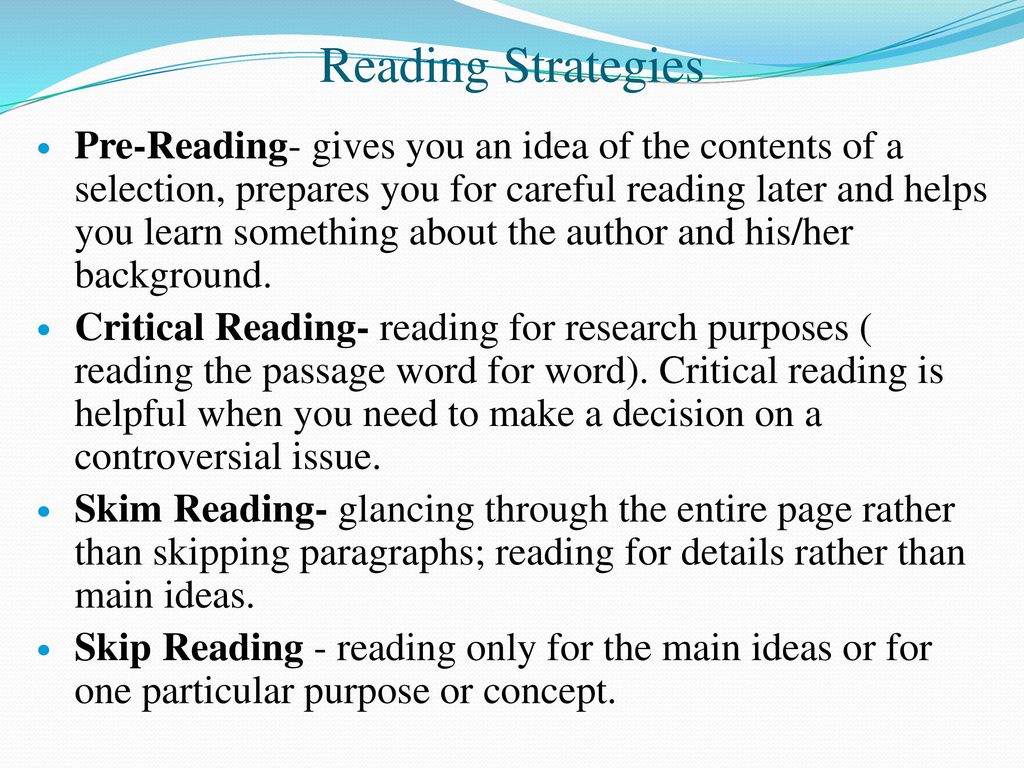 Glossary strategy.
Glossary strategy.
Task: look at the list of words and mark those that can be related to the text. When you finish reading the text, go back to these words and look at their meaning and the use of words used in the text.
6. "Competing with the writer" strategy.
Task: try to predict the content of the book by looking at the illustrations. One student offers his version, the rest complete it.
7. Strategy "True and False Statements".
8. Strategy I know, I want to know, I have learned.
Stage 2 - stage of text activity.
The purpose of is to understand the text and create its reader's interpretation, summarizing part of the read text, asking questions of a general nature, making assumptions about the further development of the plot and the role of characters in the composition of the text, etc.).
The main task of is to ensure the full perception of the text. The main strategies at the stage of text activity are dialogue with the author, commented reading.
The main strategies at the stage of text activity are dialogue with the author, commented reading.
1. Strategy "Reading in a circle". The text is read in turn (each "circle member" reads a paragraph). After this, a stop follows: everyone asks questions to the read passage. If the question cannot be answered (it does not correspond to the text), then the question is considered incorrect. * All correct questions can be recorded.
2. Strategy “Reading to yourself with questions”.
3. Strategy “Reading to yourself with notes. (Insert)" . Marginal notes: + - knew; - - new; ? - interesting; V is unclear. Others are possible: B - question; O - answer; Z - I know; N - new; And - interesting; X - I want to know; C - ask; U to clarify.
4. Strategy "Reading with stops". Reading the text with stops during which tasks are given in the form of questions: some are aimed at checking understanding, others - at predicting the content of the next passage.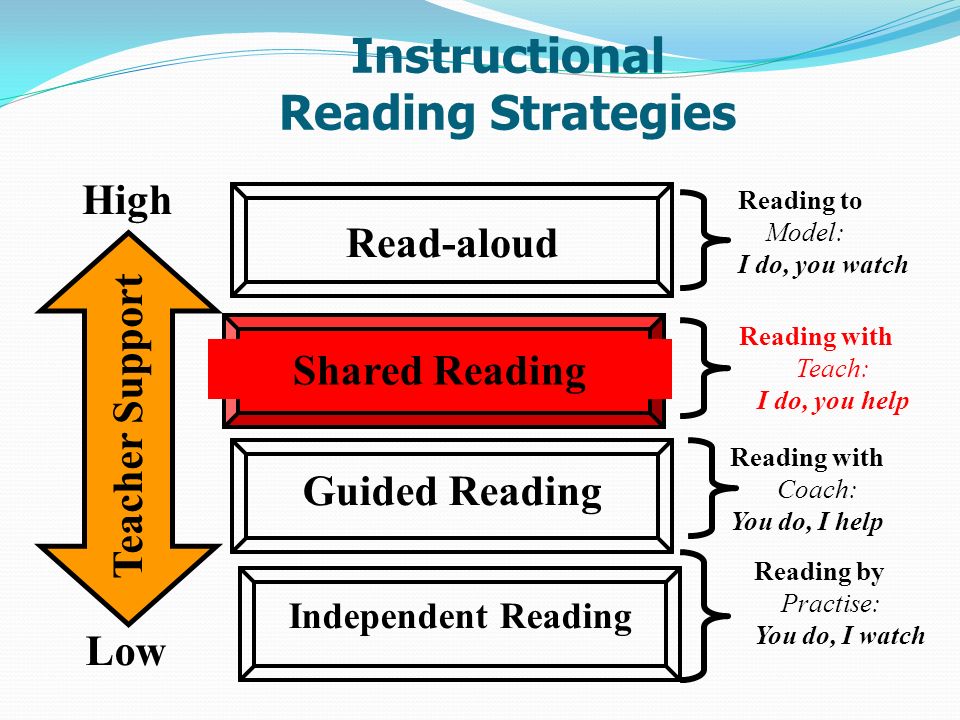
5. The strategy "Pose a problem - offer a solution." Remember what problems the heroes of the work face (the problem is formulated and written down in an oval). Next, the children can name several problems, students are divided into groups and offer all kinds of solutions to problems.
6. Strategy "Creating a question plan". The student conducts a semantic grouping of the text, highlights the strong points, divides the text into semantic parts and titles each part with a key question…….
Stage 3 - the stage of post-text (post-text) activity.
The purpose of is to correct the reader's interpretation in accordance with the author's meaning.
The main task of is to provide in-depth perception and understanding of the text, raise a question to the text as a whole, followed by a conversation, the result of which should be an understanding of the author's meaning. Re-addressing the title, illustrations, performing creative tasks.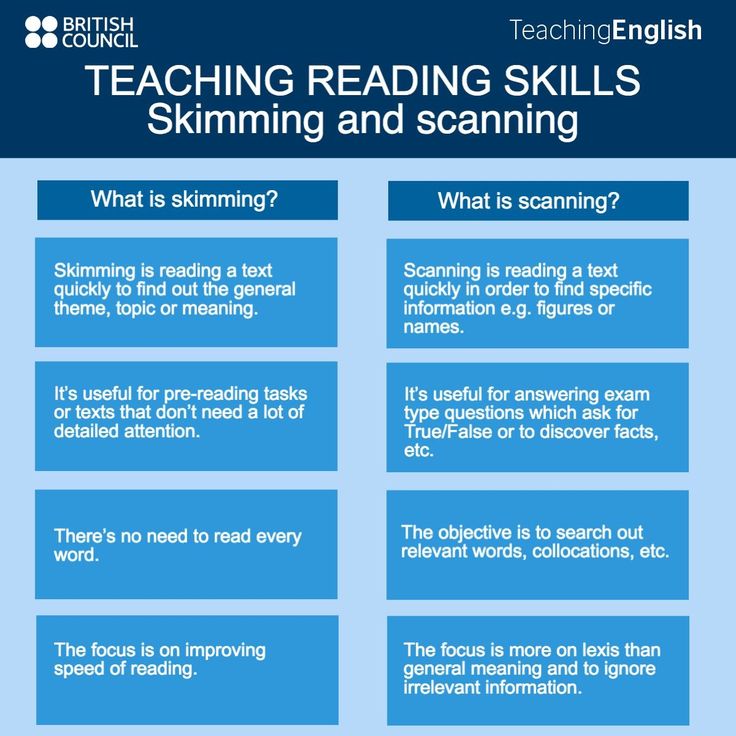
2. Question tree strategy Crown - what? where? when? Barrel - why? How? Could you? Roots - how to relate the text to life? With current events? What is the author trying to show?
3. Strategy "Bloom's Cube" (Benjamin Bloom is a famous American teacher, author of many pedagogical strategies = technician).
The beginnings of the questions are written on the faces of the cube: “Why?”, “Explain”, “Name”, “Suggest”, “Think up”, “Share”. The teacher or student rolls the die.
It is necessary to formulate a question to the educational material on the side on which the cube fell.
The “Name” question is aimed at the level of reproduction, i.e. at the simple reproduction of knowledge.
Question "Why" - the student in this case must find cause-and-effect relationships, describe the processes occurring with a certain object or phenomenon.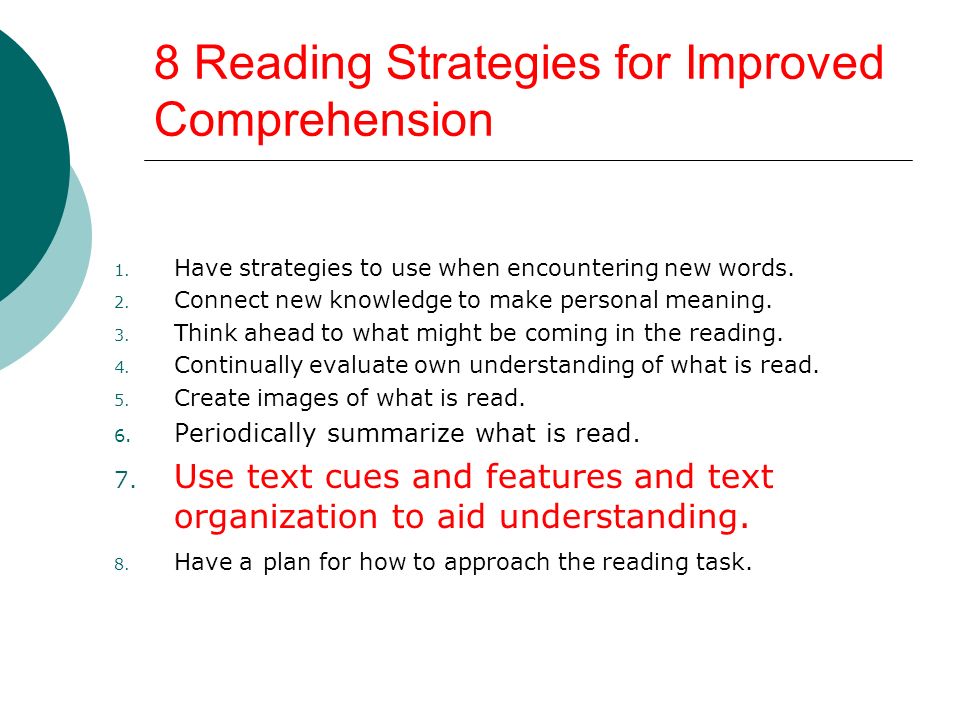

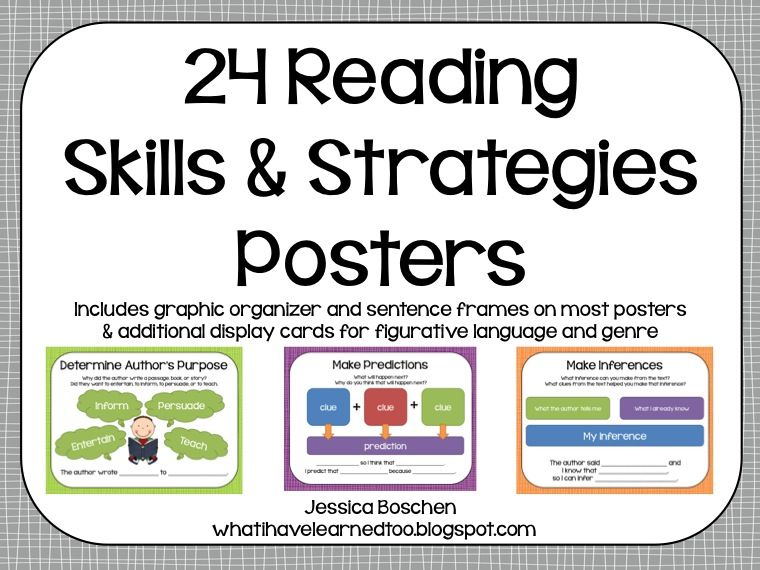 Focuses on fluency and phonics with additional support for vocabulary.
Focuses on fluency and phonics with additional support for vocabulary.